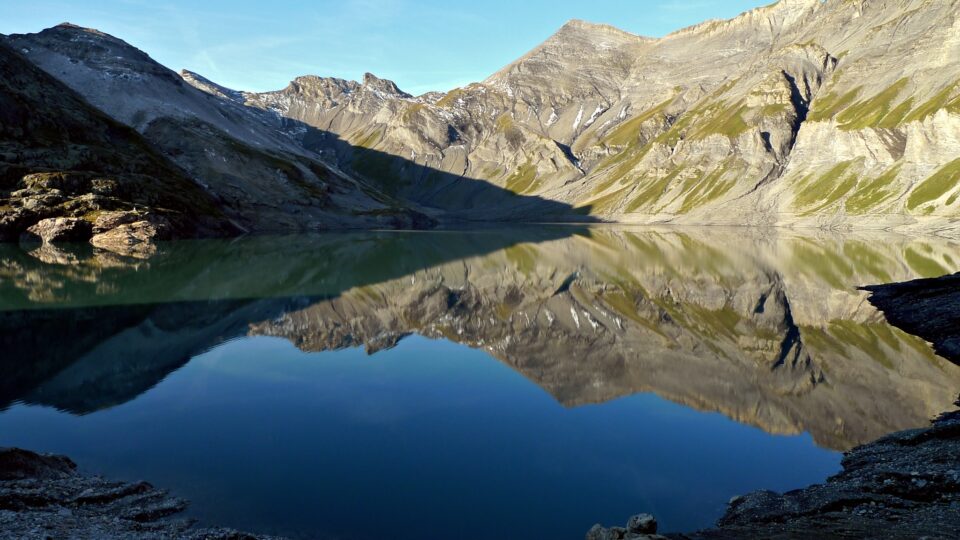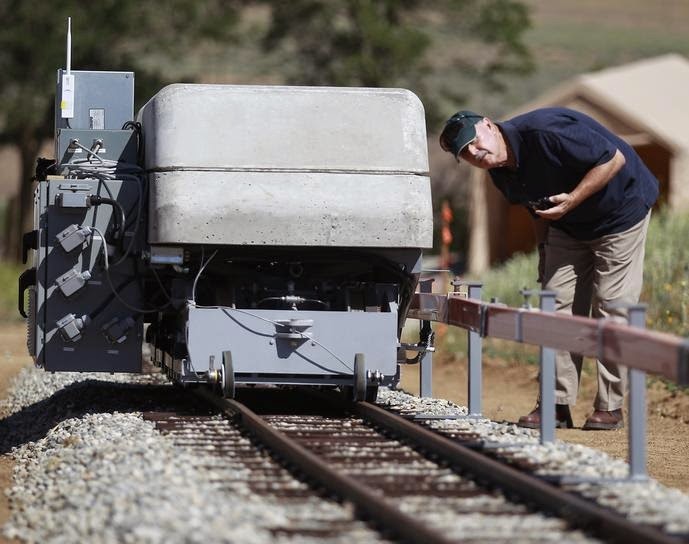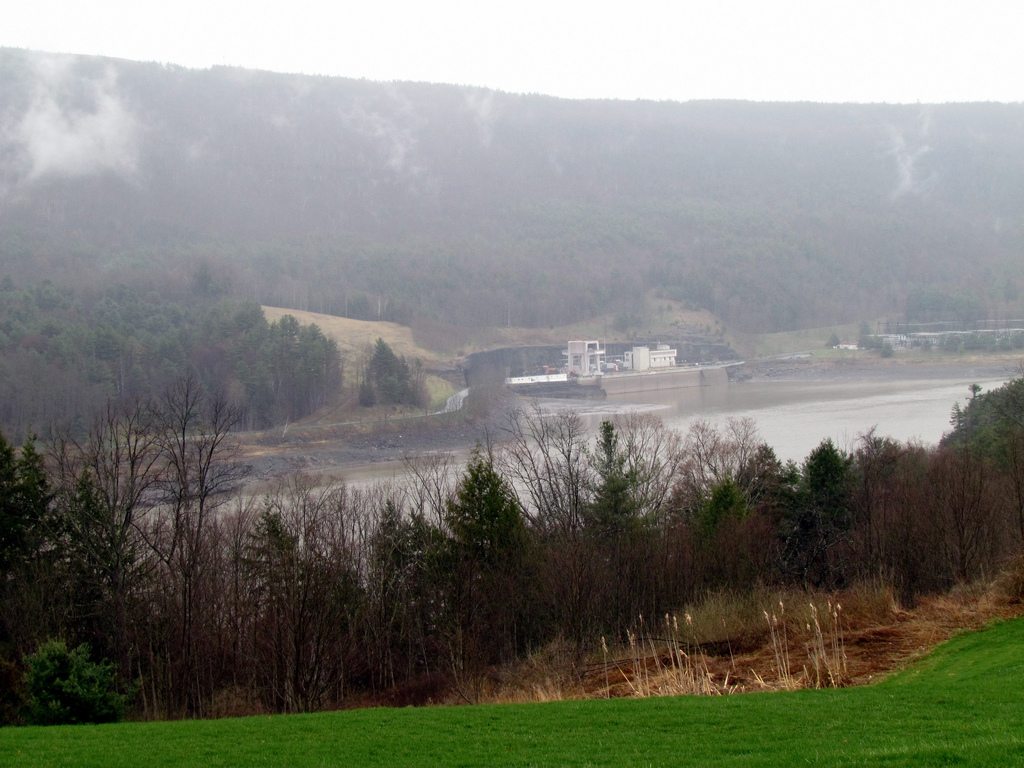Pumped hydro energy storage is still by far the largest form of energy storage in the world, representing more than 90% of storage capacity worldwide. The theory behind it is simple. Water is pumped into an upper reservoir (that is, one at a higher elevation), and when electricity is needed, the water is allowed to flow downhill to power turbines and then is collected in a lower reservoir. When there is excess electricity, it is used to pump water back uphill for use later.
Pumped hydro installations can’t be built just anywhere. Geography and hydrology have to be suitable, which means high voltage transmission lines need to be constructed to link electricity sources like wind and solar farms with the storage location. But in those situations where pumped hydro makes sense, it is a great solution to the energy storage problem.
Switzerland has just completed one of the largest pumped hydro facilities in the world. The Nant de Drance installation makes use of the Emosson reservoir, which is an artificial lake built high in the Alps near the French border. Over the past 14 years, 10 miles of tunnels have been dug into the mountains to connect the Emosson reservoir to the Vieux Emosson reservoir to the south.
In between the two reservoirs is a giant underground cavern where six of the largest water-driven turbines in the world are spun from the water rushing down from above. The turbines have a capacity of 900 megawatts, making Nant de Drance one of the most powerful generating plants in Europe. In terms of storage capacity, the installation has a maximum capacity of 20 gigawatt-hours, and can store that energy indefinitely, which is challenging for other storage technologies.
**********
Web Links
14 Years In The Making, 20 GWh Pumped Hydro Storage Facility Comes To Switzerland (With Video)
Photo, posted September 7, 2009, courtesy of Flickr.
Earth Wise is a production of WAMC Northeast Public Radio.


